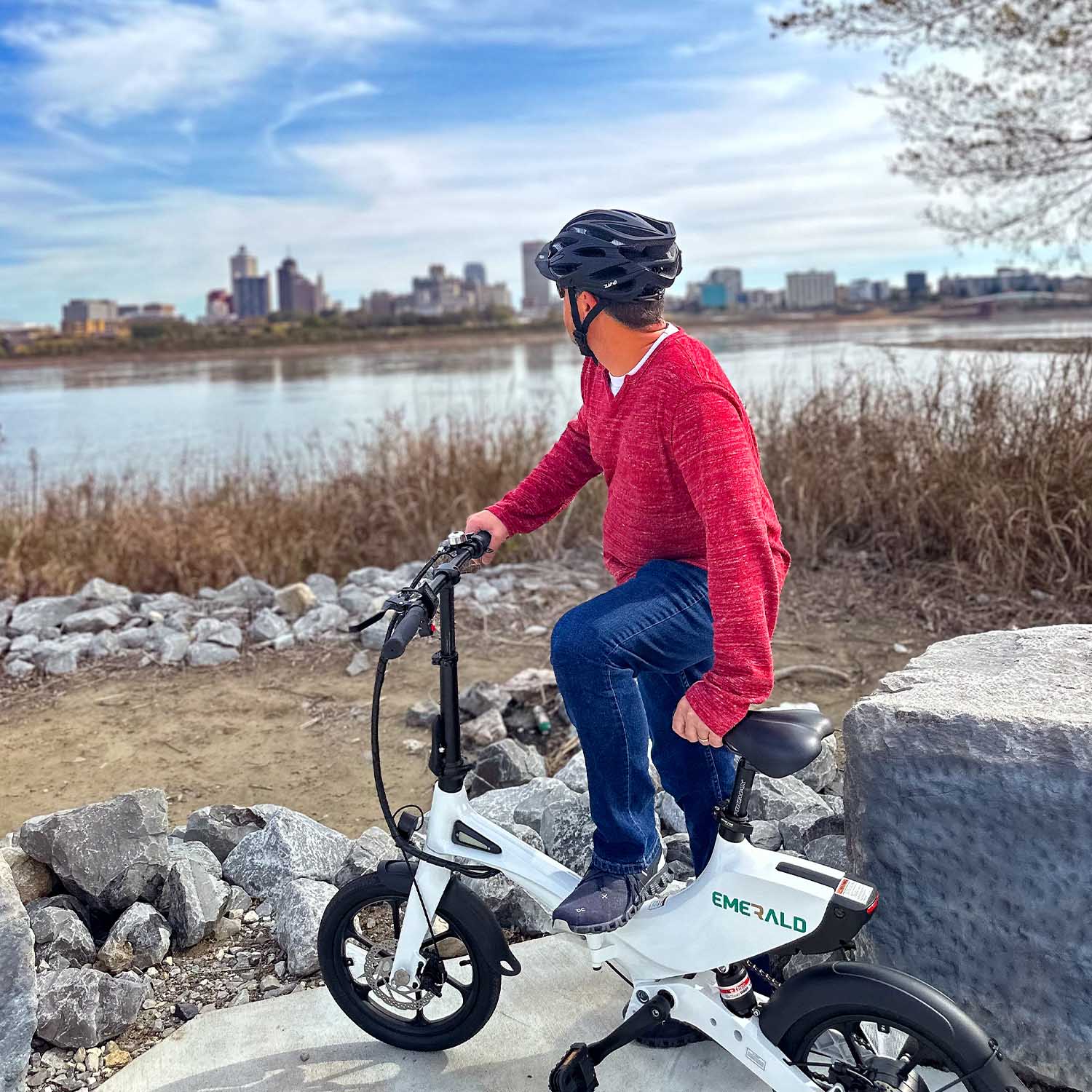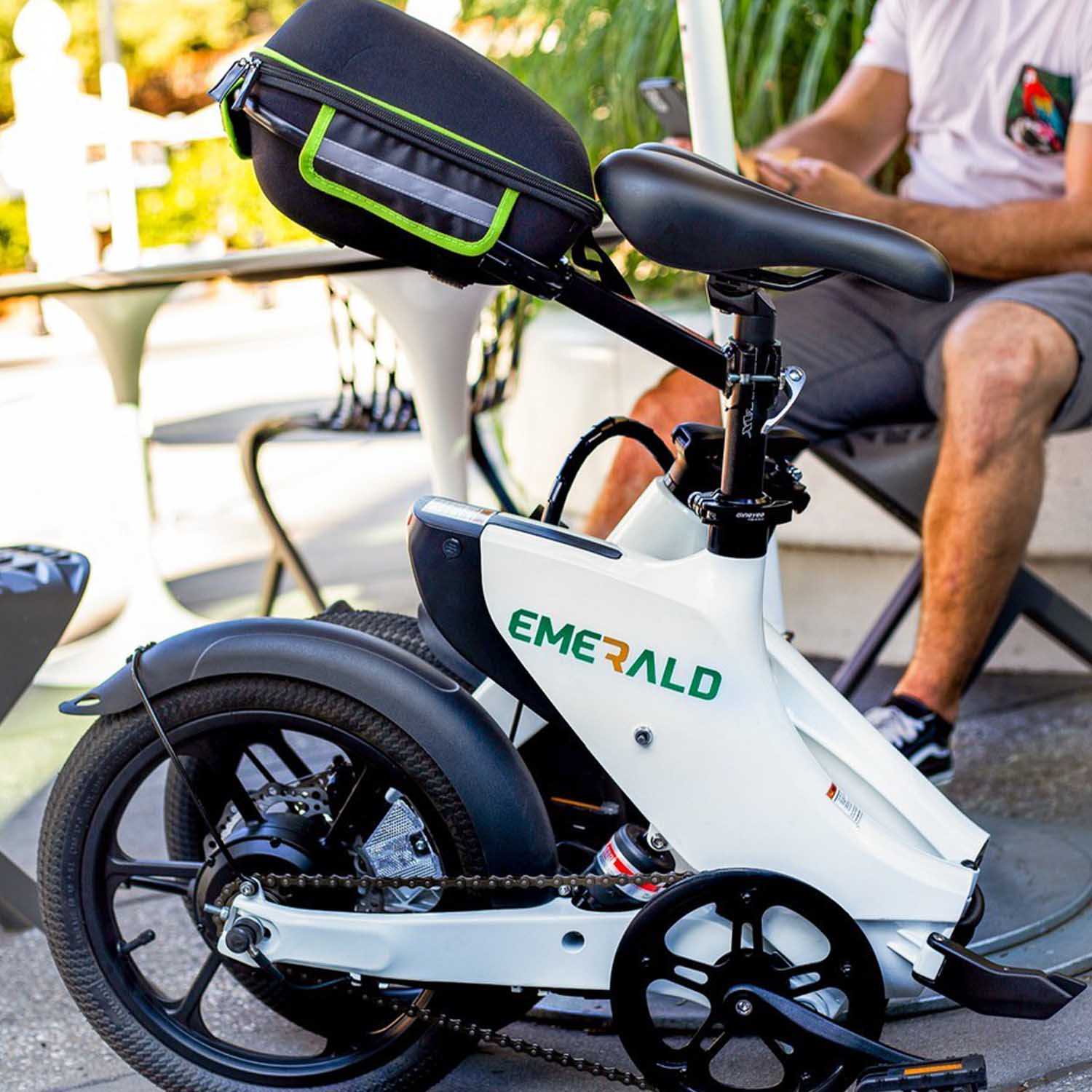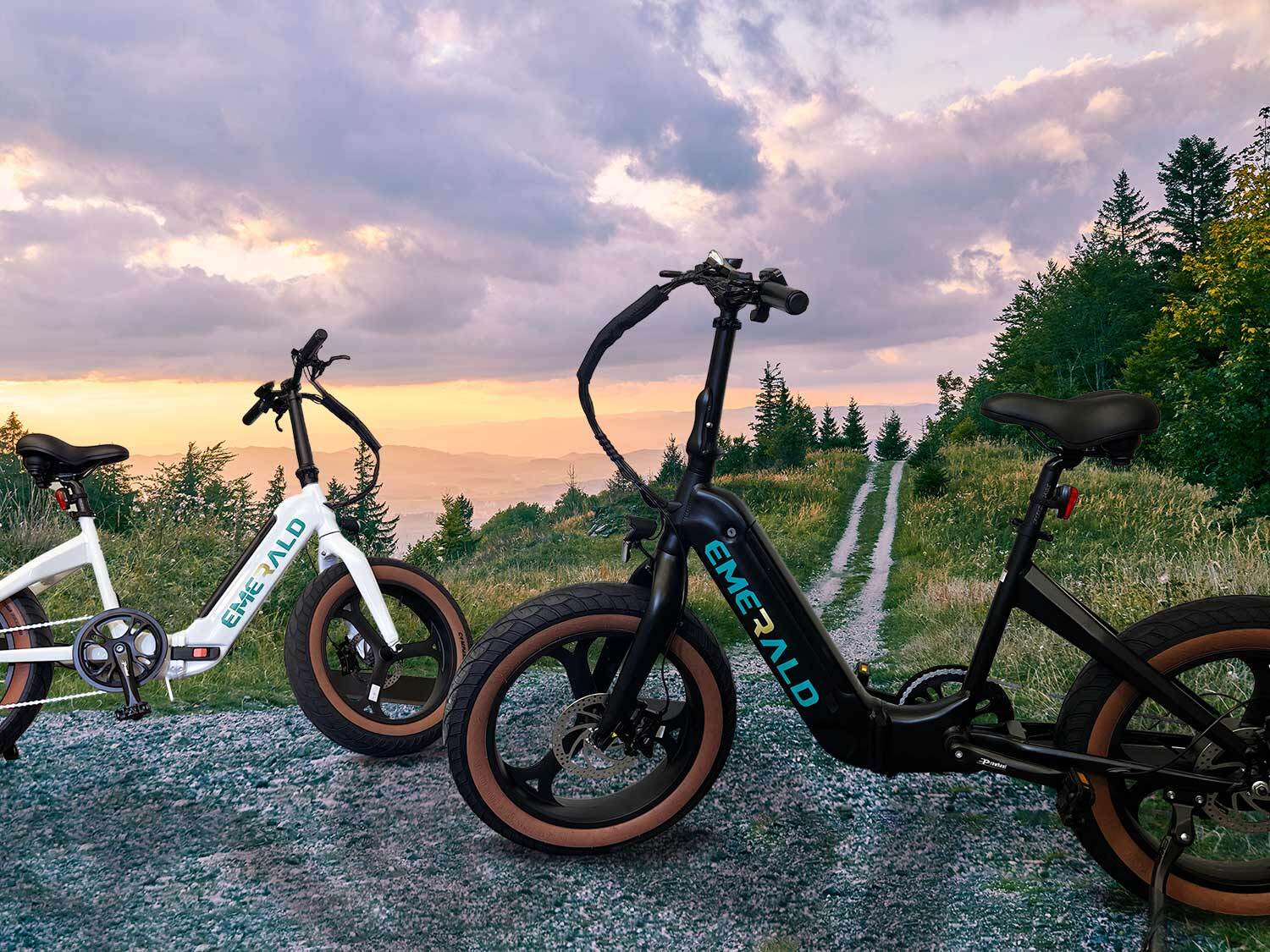Electric bicycles (e-bikes) are revolutionizing outdoor recreation, offering eco-friendly transportation and opening up new opportunities to explore state and national parks. But before you hop on and head to the nearest trail, it’s crucial to understand the laws governing e-bike usage. Regulations can vary greatly depending on where you are, and staying compliant ensures both safety and a better experience for all parkgoers.
Whether you're a seasoned outdoor adventurer or new to the e-bike scene, here’s everything you need to know to ride legally and responsibly.
Understanding E-Bike Laws in National Parks
Federal policies govern national parks, but individual parks may have specific rules. The National Park Service (NPS) officially allows e-bikes in areas where traditional bicycles are permitted. Here’s how the rules work:
Class-Based System
E-bikes are classified into three categories:
- Class 1: Pedal-assist bikes with a maximum speed of 20 mph
- Class 2: Throttle-powered bikes with a max speed of 20 mph
- Class 3: Pedal-assist bikes with a top speed of 28 mph
National parks typically allow Class 1 and Class 2 e-bikes on trails designated for regular bicycles. Class 3 bikes may be restricted in some areas due to safety concerns.
Where You Can Ride
While policy permits e-bikes on bike-friendly trails, not all paths within a national park are open to them. Riding off designated trails or in wilderness areas is strictly prohibited. Always check with the visitor center or the park’s official website for area-specific regulations.
Environmental Considerations
The NPS emphasizes that e-bike users must yield to hikers and equestrians to minimize environmental impact and ensure everyone’s enjoyment of natural spaces.
Practical Tip:
Before visiting a national park with your e-bike, download the park’s trail map and check for designated e-bike routes. For instance, parks like Yellowstone and Zion specify which trails are open to e-bikes.
Navigating State Park E-Bike Rules by Region
State parks have their own regulatory frameworks, and rules can differ significantly from one state to another. Below is a breakdown of e-bike laws by region:
Western States (e.g., California, Washington, Colorado)
Many western states are at the forefront of e-bike adoption.
- California allows e-bikes on most paved bike paths and trails, but restrictions apply off-road. State parks usually permit Class 1 and 2 e-bikes on multi-use paths.
- Washington State has regulations that vary by park but generally permits Class 1 and 2 e-bikes on non-motorized trails.
- Colorado is e-bike-friendly, with most state parks allowing them on designated bike paths as long as they adhere to class restrictions.
Midwestern States (e.g., Illinois, Michigan, Minnesota)
Midwestern states are gradually catching up with modern e-bike regulations.
- Michigan permits e-bikes on biking and multi-use trails as long as they are Class 1 or 2.
- Minnesota follows a similar structure but requires e-bike riders to be at least 15 years old on state park trails.
Eastern States (e.g., New York, Pennsylvania, Florida)
Eastern states often have more restrictive policies.
- New York State Parks restrict e-bikes to Class 1 and require local approval for off-road trail access.
- Florida allows e-bikes on most trails designated for traditional bicycles but has speed limitations in state reserves.
Southern States (e.g., Texas, Arizona, Tennessee)
Southern states often prioritize motorized vehicle access in parks but are increasingly accommodating e-bikes.
- Texas permits all types of e-bikes on paved trails but limits their access to backcountry paths.
- Arizona actively encourages e-bike usage in state-managed parks but often restricts them to lower-speed models for shared trails.
Practical Tip:
To avoid surprises, research the specific regulations for the state park you plan to visit. Many parks have online resources or downloadable guides outlining trail rules for e-bikes.
How to Choose an E-Bike That Meets Compliance Rules
Once you’ve familiarized yourself with e-bike laws, the next step is ensuring your bike complies with those rules. Here’s what to consider before making a purchase:
-
Know the Classes
Pick a model that fits the guidelines for where you’ll be riding. For example, if you plan to explore state and national parks, prioritize Class 1 or Class 2 e-bikes. These are more widely accepted on multi-use trails. -
Speed and Power
Many parks enforce speed limits of 20 mph or less for e-bikes. Ensure your chosen model doesn’t exceed these limits. Check the motor’s wattage as well; regulations often restrict bikes with motors over 750 watts. -
Noise Level
Opt for a quieter model, especially if you’ll be riding in nature reserves. A quieter e-bike minimizes disturbance to wildlife and enhances your overall riding experience. -
Trail-Friendly Features
Look for features like wide tires for better grip and suspension systems for trail comfort. These will not only improve performance but ensure a smoother, safer ride on uneven paths.
Practical Tip:
Consult with local bike shops or online retailers to find models tailored to park-approved usage. For instance, you might explore brands offering low-speed, multi-terrain bikes designed for outdoor enthusiasts.
Where to Find Trail-Friendly E-Bike Products
Many e-bike manufacturers design models specifically for off-road and trail riding. Consider brands like Rad Power Bikes, Aventon, and Trek, which offer eco-conscious models ideal for park use. Some outdoor retailers partner with trail organizations to feature compliant products.
Local e-bike shops are also a great resource for finding regionally approved models. They often carry inventory suited to your area’s specific park regulations and can answer questions about compliance and performance.
Riding an e-bike in state and national parks is an excellent way to enjoy nature sustainably, but it does come with responsibilities. By understanding the rules, choosing a compliant e-bike, and respecting shared trails, you can ensure a safe and enjoyable experience for everyone.
Remember to check for updates on park policies before your visit, and when in doubt, ask park rangers for guidance. With the right preparation, your e-bike can be your ticket to adventure in some of the nation’s most beautiful landscapes.
Now, gear up, pick an e-bike that suits your needs, and hit the trails responsibly!







Leave a comment
This site is protected by hCaptcha and the hCaptcha Privacy Policy and Terms of Service apply.